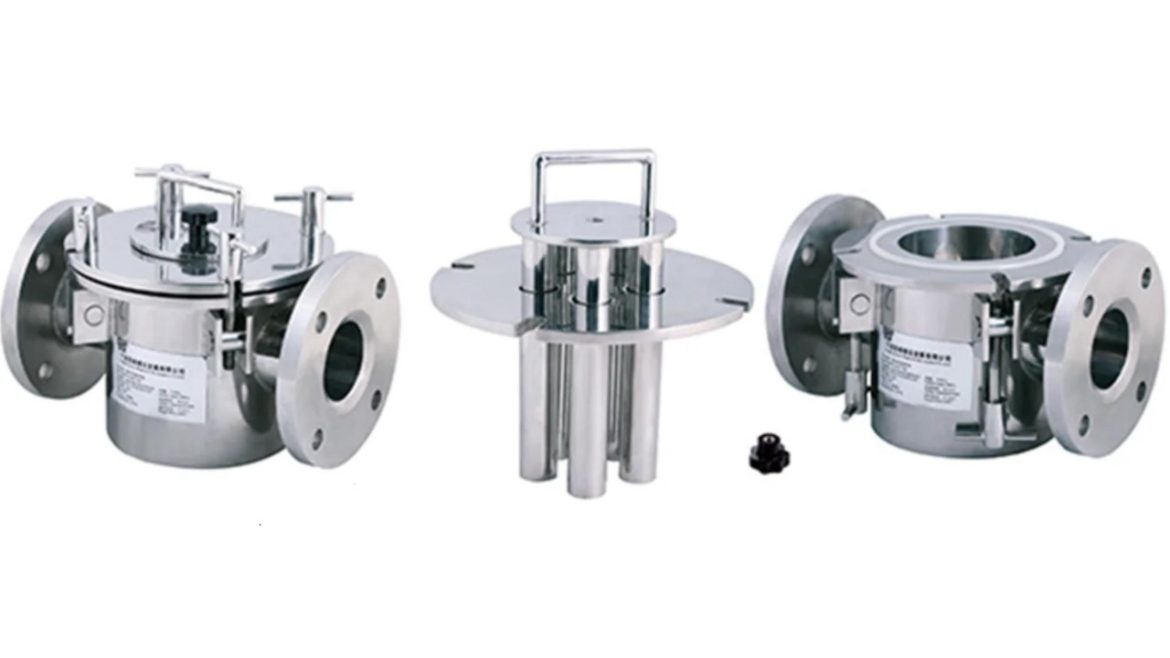electing the right liquid magnet trap is crucial for ensuring effective contaminant removal and maintaining the integrity of your production process. With various types of liquid magnet traps available, choosing the one that best suits your specific application can be a complex task. The right trap not only enhances product quality but also protects equipment from damage caused by metal contaminants. In this guide, we will discuss the key factors to consider when selecting a liquid magnet trap, including the type of liquid, contaminant size, flow rate, and system compatibility, helping you make an informed decision for optimal performance and efficiency.
Factors to Consider When Choosing a Liquid Magnet Trap
When selecting a liquid magnet trap for your application, several key factors should be considered to ensure that you choose the right system for optimal performance. These factors can influence the effectiveness of the trap in removing contaminants and maintaining the efficiency of your filtration process. Below are the essential considerations to keep in mind:
Type of Liquid
The type of liquid being processed plays a significant role in determining the appropriate liquid magnet trap. Different liquids—such as water, oils, or viscous solutions—have varying flow characteristics and may require different types of magnetic traps. For example, thicker liquids may require stronger magnets or larger surface areas to effectively capture contaminants. Understanding the properties of the liquid will help you choose a magnet trap that can handle the flow rate and viscosity of the material.
Contaminant Size and Type
Liquid magnet traps are designed to remove metal contaminants, typically ferrous materials, but they vary in their ability to handle different sizes and types of particles. If your application involves fine metal particles or a combination of ferrous and non-ferrous contaminants, you may need a trap designed with stronger magnetic fields or one that is equipped with multiple stages of filtration. Knowing the type and size of contaminants that need to be removed will guide you in selecting the appropriate magnetic trap.
Flow Rate
The flow rate of the liquid through the system is another crucial factor to consider. Magnetic traps are designed to accommodate specific flow rates, and selecting a trap that matches or exceeds your required flow rate ensures maximum efficiency. If the flow rate is too high for the selected trap, it may not capture all contaminants effectively. It’s essential to choose a trap that aligns with the volume and speed of liquid being processed in your system.
Magnetic Strength
The strength of the magnetic field in the trap is a vital consideration. Stronger magnetic fields are necessary for effectively capturing smaller or less magnetic particles, while weaker fields may suffice for larger, ferrous contaminants. Depending on the type of contamination in your system, you should select a trap with an appropriate magnetic strength to ensure thorough removal of all particles.
Trap Design and Installation
The design of the liquid magnet trap should be compatible with your existing system. Some traps are designed for easy installation in pipelines, while others are suited for larger vessels or tanks. Consider factors such as the space available for installation, ease of maintenance, and how the trap integrates into your current filtration system. It’s important to choose a trap that fits seamlessly into your process for maximum efficiency and minimal disruption.
Maintenance and Cleaning
Regular maintenance and cleaning are crucial for ensuring that your liquid magnet trap continues to perform effectively. Traps with easy-to-clean designs, such as those with removable magnetic cores or self-cleaning mechanisms, can save time and effort during maintenance. Be sure to select a trap that allows for simple and efficient cleaning to prevent any buildup of contaminants and maintain consistent performance over time.
Compliance and Industry Standards
Different industries have specific regulations and standards that must be met, especially in sectors like food processing, pharmaceuticals, and chemicals. Ensure that the liquid magnet trap you choose complies with industry regulations, such as FDA or NSF standards, if applicable. Selecting a trap that meets these guidelines will help ensure that your processes are safe and that your products meet the necessary quality standards.
Conclusion
Selecting the right liquid magnet trap is essential for maintaining the efficiency and quality of your production process. By considering factors such as the type of liquid, contaminant size, flow rate, and magnetic strength, you can ensure that the trap effectively removes metal contaminants and integrates seamlessly into your system. Regular maintenance and compliance with industry standards are also important for long-term performance. Companies like Jinhong offer a range of high-quality liquid magnet traps designed to meet specific application needs, providing reliable solutions for efficient contamination control. With the right choice, you can enhance product quality, protect equipment, and optimize your operations.

